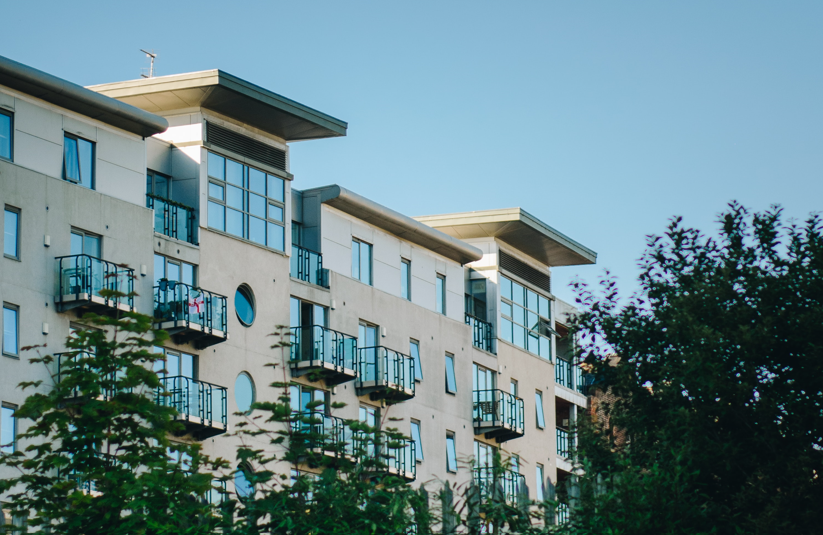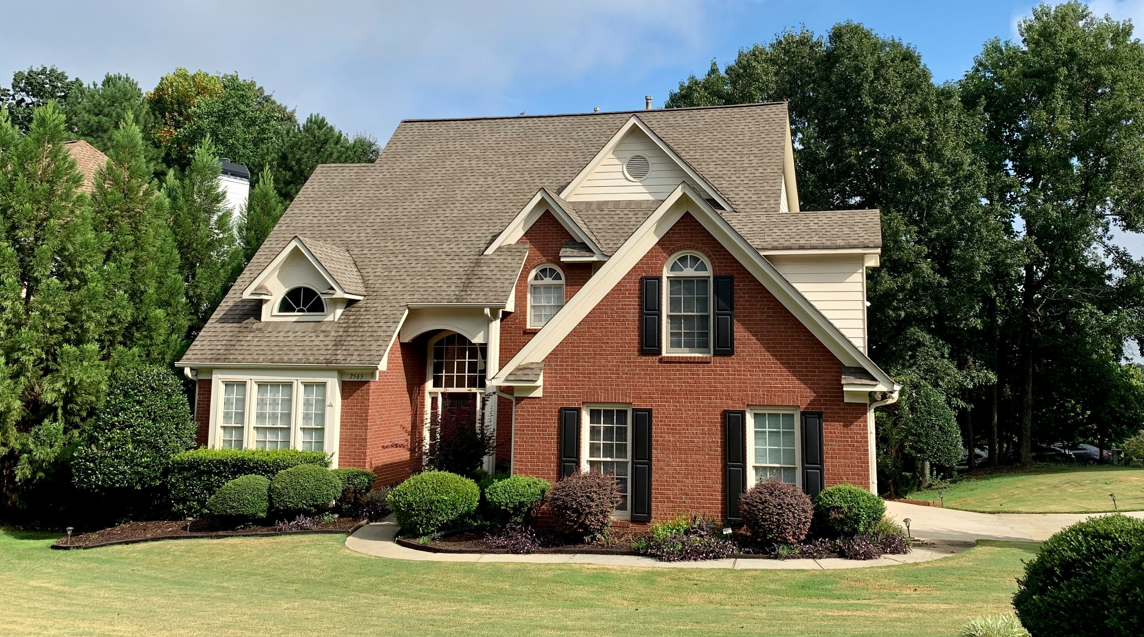Your home is probably your biggest asset, but how does it fit into your retirement plan?
By Olev Edur
Photo: iStock/stevecoleimages.
For most people, “home” is much more than a financial asset. It’s a safe haven, a cozy shelter for you and your family, filled with memories and more.
On the other hand, families grow and move on, and eventually that beloved old home can become too much for a retiree (or two) alone, too much physically and often financially. Maybe warmer climes beckon, or you’d like a change in lifestyle. Maybe money is tight and that property value could help fund a very comfortable retirement for decades to come.Whatever the motivation, all home-owning retirees must at some point contemplate selling (even if they end up staying put for decades). But what could you hope to gain if you did sell the home and downsized to a condo or rented an apartment and used the proceeds to fund your retirement?
It all depends, of course, on how much the house is worth. If you own a home almost anywhere in urban Canada, it’s worth at least $200,000, maybe a bit less in rural areas, and a heck of a lot more in Toronto, Vancouver, Victoria, and even Calgary, despite the recent energy-sector downturn. Presumably by now you’ve paid off the mortgage, but the key figure is your equity: if you have a $400,000 home with a $200,000 mortgage, you’re still $200,000 to the good—although if you sell, fees and commissions will take a bite out of that figure. After a sale, too, you should pay off any other debts with the proceeds—the interest you’re paying on any debt is generally higher than any interest the proceeds might earn if invested.
If you’re hoping to downsize and you own a house in one of the above four cities, you should have no problem finding a condo at a lower cost almost anywhere in the country. But if you live elsewhere, you might not be able to find a nearby condo, much less afford one in a larger city, as big-city condos can cost more than most houses in smaller cities. A typical condo in Halifax, for example, is worth more than a typical two-storey in Charlottetown or Saint John, NB. Similarly, a condo in Toronto or Vancouver can be more expensive than most two-storey houses elsewhere in the country.
After real estate and condo fees are deducted (along with land transfer tax in some places), the cost savings from downsizing may be minimal. Prices change, so keep an eye on real estate listings where you want to live to ensure your cost estimates remain realistic. Be prepared to end up with less in your pocket than expected; if this doesn’t sit well, you might be better off staying put.
Selling for the Income
If you’re in need of retirement income, a $200,000 nest egg may not seem like much if you wanted an income of, say, $30,000 a year—that covers only seven years or so—but our government pensions make a big difference. For example, if you got a combined $1,400 a month from the Old Age Security pension (OAS) and Canada Pension Plan (CPP)—which would result after you’d worked and contributed to CPP most years at moderate income levels and retired at 65—you’d have $16,800 yearly, of which about $9,600 would be CPP. In addition, if you were single, you’d also be eligible for about $4,000 in Guaranteed Income Supplement (GIS), although much of this could be clawed back, depending on your nest egg’s investment earnings.
Assuming a relatively modest yield of three per cent interest annually ($6,000) on a $200,000 nest egg—not particularly difficult or risky even in today’s investing environment—you’d still be entitled to $1,000 in GIS (more if your CPP or investment earnings were lower), so your benefits in this case would total almost $18,000 ($16,800 in CPP and OAS, plus about $1,000 in GIS). If you took $12,000 out of your savings, you’d have almost $30,000 in yearly income and your nest egg at that rate would last more than 26 years.
That $30,000 can go farther than expected in retirement, too, especially after age 65, when various tax breaks and discounts take effect and full pension benefits become available. Retiring to a rental apartment at 65 would mean no more work costs and no more house costs (e.g., maintenance, mortgage, property tax, most utilities), and tax at that age on that income would be less than a thousand dollars a year. Almost all your income beyond rent would be cash in hand.
Except in Toronto, Calgary, Vancouver, and Victoria, you can get a mid-range one-bedroom apartment for under $1,000 a month, and that a couple of hundred dollars more will get you a two-bedroom in most places. The remaining $1,500 a month ($18,000 of your $30,000 yearly earnings) isn’t conducive to a lavish lifestyle, but it’s enough to take care of basic needs, as well as cover entertainment expenses and the odd trip. (Couples would need a higher total income, but they’d receive more from government programs and can share accommodation costs, so a $200,000 shared nest egg might go even farther.)
Some important planning points for any retiree selling a home: Put as much as possible of the proceeds into a Tax-Free Savings Account (TFSA) right away so as to minimize tax and possible GIS penalties—not just initially, but every year you can. If you will be GIS-eligible in retirement, avoid the temptation to rush any money into RRSPs; you’re generally better off paying tax on your investment earnings each year at 20–25 per cent (or less, depending on income type) rather than losing half of all the money you withdraw from the RRSP later on, although in certain cases the math may differ. If you’re not going to be GIS-eligible, an RRSP can make sense, if only for earning the $2,000 pension income credit (for RRIF income) each year.
Planning for the Unknown
Unfortunately, there are a couple of storm clouds to watch out for outside every retirement planning window. While we Canadians are living longer these days, we may not do so in the best of health, especially in later years. At some point, it’s extremely likely that you’ll need a caregiver and, unless you have family willing and able to look after your needs or you have good long-term-care insurance coverage, this care will require extra money. The nest-egg example we’ve been considering allows no cushion for such a contingency—but the situation isn’t as dire as it sounds.
If, for example, you were to take $200 a month less from your savings ($9,600 rather than $12,000 a year), you’d still have $1,300 to spend each month, but you’d also have more than $100,000 left in your nest egg after 20 years, and almost $70,000 left after 25 years, instead of your savings being nearly depleted by that time. This reserve, along with your continuing pension income, would go a long way towards paying for care either at home or in a retirement residence, if and when it’s required. (If you’re able to make full use of a TFSA, your reserve would be even higher, or you’d have more to spend each month.)
Inflation can be an issue over the long term—two per cent a year sounds innocuous, but after 30 years, prices will have risen more than 80 per cent (and they will have doubled after 36 years). Fortunately, all our government benefits are indexed, and while that investment income may gradually diminish in value, we also tend to be less rambunctious as we age, so our lifestyle needs are likely to decline over the years. Moreover, a tiny further increase in nest-egg yields would offset this inflation completely.
Deferring retirement by a year can earn you much more than a one-year fund extension, especially if you can continue to put aside a bit of savings during that year. During that extra year, house values would likely rise, you’d have more savings to cover a shorter retirement period, and, if you deferred CPP and OAS, you’d receive perhaps $1,000 more in annual pension benefits, meaning that your nest egg would last many years longer.
Finally, you shouldn’t worry about hurrying to sell your house while the markets are hot. The big furor about overheated house prices really applies only to Toronto and Vancouver, and to a lesser extent, Victoria and Calgary—house prices elsewhere in Canada, which seem modest in comparison, are unlikely to decline much if at all in coming years. Considering the existing population growth rate along with annual immigration figures of a quarter of a million people (300,000 has been proposed as a new target by the current federal government), housing will always be in demand in Canada.

Photo: iStock/IP Galanternik D.U.






